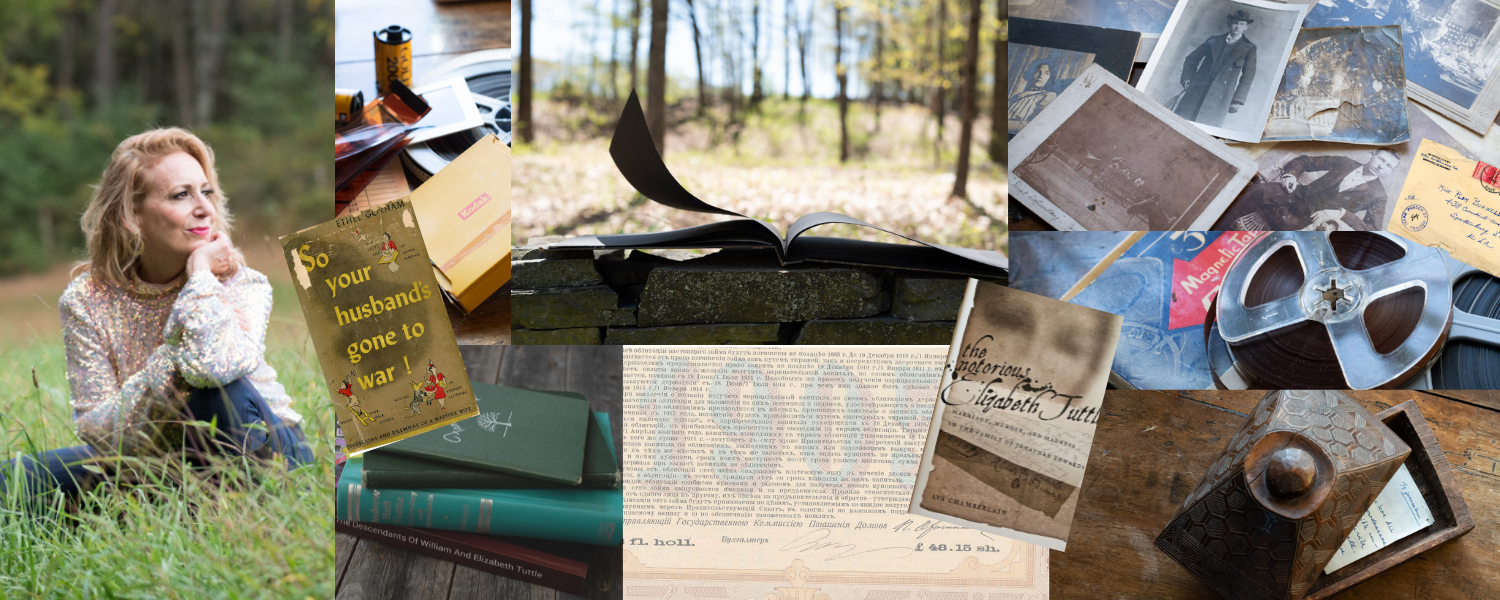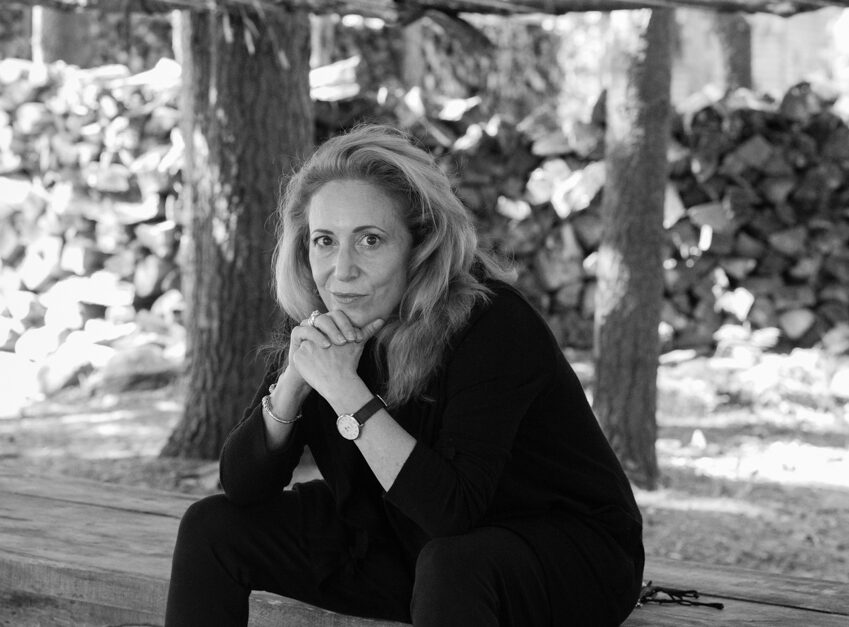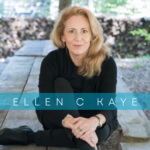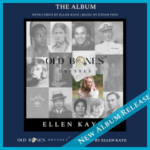The Journey
It’s a long and twisting road. Lots of stories, some discoveries, many mysteries remain.

the journey interviews with ellen kaye below:
The Journey Interviews

2:00

1:58

1:36

1:47

1:06

2:07

transcripts of the interviews with ellen below
- Well, we lucked down on my mom’s line, which is the Burwell Courtney line. We have incredible genealogists. So I’m just really standing on their shoulders. You can go to the website where we have the journey and you can see all the people. But predominantly, Josephine Schaffner Forstberg and Max Forstberg did extraordinary work on the Burwell line. And we’re just really grateful. And then in the ancient past, William Tuttle did a bunch of stuff on the William
- Mostly we just really lucked out on my mom’s line and that’s why we have we’re chock -a -block with information. But that’s also a lot of what Old Bones is about, is about whose stories we know and whose we don’t. So my mom’s a South Carolinian line and White Anglosaxon Protestant and we have a whole bunch of really terrific genealogists, serious, serious genealogists and I’m standing on their shoulders and I hope you’ll go to our website and see you know, who they are. But particularly on the Burwell bell line is Josephine Schaffner Forsberg and Max Forsberg and then there’s the people farther in the past. There’s on the Courtney line mostly about the Tuttle’s which come off of the Courtney line. It’s Joyce Brunner Whitman and then further back it’s like George, I think William Tuttle and then there’s Joseph Tuttle. So I, you know I lucked out. We lucked out. But on all the other lines we don’t know what the heck is going on, we’re just starting from scratch.
Wow. After two and a half, three years of wading through documents and photographs as a non professional archivist, it’s really hard to say. but I guess on the darker side of things, on my mother’s side of the family, I found a will where the man was leaving people, along with his belongings, to his children and his wife. And that was just pretty God awful. to be connected to someone like that and to see it in the cold light of day. Doesn’t matter how much you’ve read about enslaved people in history. coming across it in your own family is about as bad as it gets. It was pretty horrifying. so I’d say that would be my number one. And, on the light, not, sorry, the lighter side, but the more heartwarming side. Or, you know, would be, the letters during World War two between my grandfather and his brothers. And the different theaters, you know, where the war was being fought. And then my father’s letters, who was also serving in England during World War two, the letters back and forth between my mother and her father when she was a little girl. Again, during World War two. Those kinds of things are just really interesting, and I’d never seen them. And some very personal, personal letters with very private things that kind of reveal, I guess, secrets about people that I always wondered about. But that stuff is. I’m not sure how much the rest of the world would be interested in it, but I was very interested.
Yeah. Well, again, this is like pretty personal. Like what do I, I mean, for me, my father died when I was seven in 1967. And I have not heard his voice since he died. And so I found these boxes of film and tape and sent them to a company called Everpresent that digitized everything, which was just, it’s been a really interesting process. It’s quite involved and not on my part, but on theirs. And one of the things that I have found was this, I guess, reel to reel thing. And I had no idea. I didn’t even know what it was, whether it was film or audio. And it turned out to be audio. And it’s kind of like the Nixon tapes. It’s an audio of my father talking to his attorney, which is just like, right. It’s just really surreal. So he owns the Russian Tea Room and he’s talking to his attorney about the air rights for the Tea Room, which later on in my, in my family’s life and in the history of the Tee Room, the air rights turned out to have this like major, major like drama and battling like kind of New York City real estate. So it’s just, but the strangest thing, like the only thing that I have of him audio wise, like ever is just this, talking to his lawyer. So yeah, that’s pretty weird. But yeah, that’s what I found.
I don’t know about shocking. I can’t say I’ve been shocked. But I definitely I find really interesting to know. I did not have any idea how many ancestors I had that fought for the American side or at all in the Revolutionary War. It’s like chock -full on both sides of my mother’s lines. I found that really exciting. I did not know how many people fought for the Confederacy. I knew that there were a few. I had no idea how well represented we were. As a matter of fact, I kept longing to find one Union soldier.
Two days ago, I found a Union soldier. I was super excited.The most personal WOW for me was I found my own missing person poster that I had heard about when I was on the lam. I had never seen it. I found it in my mother’s paper. She had saved it.
That was really quite something. I guessed what photo was used. I didn’t know for sure. It was just really odd. So yeah, pretty interesting.
Well, yeah, I mean, the whole thing that we’re doing is about learning. So, like, if I hadn’t learned anything, I think I’d, you know, I don’t know, I really have to hang it up. But definitely I’ve seen so much that honestly, I have not absorbed it. You know, I think it’s going to take quite a while. I just kind of chew on one piece at a time. And, it has absolutely changed my perspective on, I’d say so many different pieces from like, local New York history to my own, like, childhood history to the history of my family to the history of like, the southern region. I mean, it just goes on and on, so. And I hope that the other people that are working with me feel like that, you know, and that’s, changing perspective is what I’m hoping for in general.
It’s really the core of the story. It’s the people that come before us and how they are woven inside of us. What we do with what they teach us. How we process that. Do we just accept blindly everything that they have to offer? Or do we dissect it and try to make new ideas and philosophies for ourselves? I think I’m just very interested in the philosophical family tree.
And what do we do as individuals across the entire planet with the ideas that are given to us down the line? And how do we evolve? Because I personally, obviously if you’re looking at this project, know that I don’t think we should blindly accept what comes before. And we should challenge it and we have to constantly investigate ourselves.
It’s the only place we can start really. And so this project is about trying to figure out what are the threads that are inside of me and inside of all the people that are involved in the project. And then inside of all the people that we are studying and learning about and pulling those ideas apart and then reassembling them.
And saying these are the ideas that we think are the part of a new world and hopeful and a part of the change. And here are the ideas that we think would be better left in the past. That’s really what we’re trying to do.
Well, I mean, first off, life is short and it’s who you’re spending time with. So, you know, you really, really want to like the people you’re with and feed off of them. I’ve been really lucky to have Robin DeGroat with me, Brenda Rovella, Julie Ziavras, and now I’ve got Kendra Parmerter with me and on the archiving. And it’s really great to have strong, smart women who are like, bouncing ideas back and forth and also just methodical and organized because it’s been a wild and wooly process.
old bones odyssey slideshow below

Ellen C Kaye
Singer/songwriter, producer, podcast maker, mom, born and bred in NYC. Night Club singer at heart.



